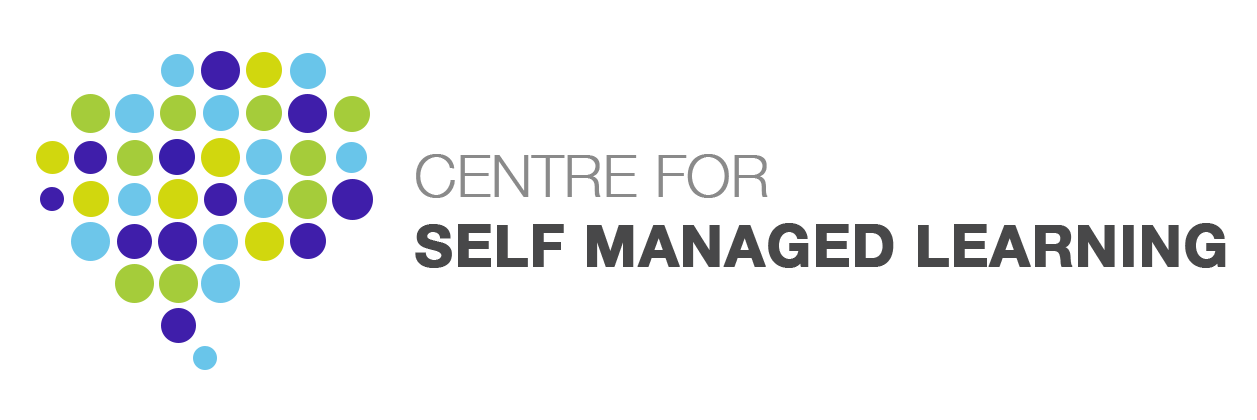27 May Supposed problems with small learning communities.
1. “They can’t be scaled up”.
Some people in the educational establishment eventually recognise the overwhelming evidence that small learning communities or similar maybe can work. However, they claim the problem is that they can’t be scaled up.
The assumption is that scaling means going from a small setting, which may be a learning community, learning centre or small school or whatever, to a typical large school is not possible. Therefore the whole movement is fundamentally doomed as it can’t cater for the needs of large numbers of children.
Let’s look at an example of real-life scaling. When Howard Schultz found that the Starbucks coffeehouse model worked really well, he did not immediately expand the coffeehouse in Seattle to have 1000 places. Starbucks has scaled up to the extent of having nearly 40,000 coffeehouses in 86 different countries. Scaling works by setting up small ventures.
There are already thousands of small learning settings that work on a human scale and respond to the needs of learners. Scaling up is happening. We also don’t need buildings like schools. For a start, it is environmentally disastrous to have large institutions. It’s not just the embedded energy in building a school. It’s also the fact that at least 18% of daily car journeys in school time are the school run. By having larger institutions, and that unfortunately are increasing in size in the secondary sector, is environmentally unsound.
Small learning communities can use facilities in a creative way. The Self Managed Learning Community started in community centres, then in my house for four years, then in a youth centre for five years and then in an office building for five years. Now we are in what was a disused primary school.
Large schools are falling apart because they’re educationally unsound. The future is with us, not with the failing institutional schooling model.
2. “Self Managed Learning will not work with the range of pupils in a typical school population”
Although we have been running Self Managed Learning programmes for over 22 years with a wide variety of 9 to 16-year-olds out of school, there is still the claim that this is a self-selected group and that the process can’t work with the typical school population. To rebut that we have worked in a range of primary and secondary schools over a number of years.
Schools have tended to give us groups of young people for whom they have had issues. At one end of the spectrum we had programmes in two schools with what were identified as gifted and talented pupils. At the other end of the school spectrum we worked with groups that were seen as low performers and not learning well. We also worked with boys who were identified as likely to be permanently excluded. And so on. We did not select individuals but had gladly worked with those that the school chose.
An article by the then deputy head of one school can be found at the link below:
There is also a film made jointly with the University of Sussex about the work in that school and another one in East Sussex.
These are examples in the secondary sector and examples in the primary sector have included inner-city schools and in one case with a school with a large majority of pupils with English as a second language. All evaluations of these programmes have proved their value.
Article written by Dr Ian Cunningham

